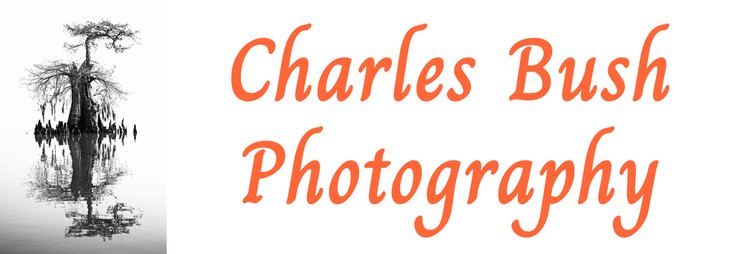Infrared Photography (IR)
Why Infrared–Extending the shooting window
I've been frustrated for some time about having a very short window of good light early and late in the day. The middle of the day has always been a challange. Fortunately there's one form of photography that is best in the middle of the day with bright light, Infrared (IR) photography.
Basically IR is a lower frequency radiation than we can see (red is the lowest we see so it is a wavelengh longer than red). the image is brighter for those objects emitting the most of this longer wavelength radiation which tends to be things that are warmer. IR images often taken on a dreamy other worldly look.
How to Shoot IR
There are two primary methods of capturing IR images, using a filter over the lens of a normal camera, or having a camera converted to capture IR and not visable light. Our normal sensors have a filter over them to block most of the IR frequencies, so the filter doesn't work very well, involving very long shutter speeds, so for most of us that is not a good option.
I experimented with that many years ago with a Coolpix 950 2.1 megapixel camera, and while it did a good job of capturing IR images, it required a tripod and the resolution was very low so prints were not really pracitical.
Bayou Scene Taken with Coolpix 950
The most practical method is to have your camera converted by one of several companies specializing in this process. They remove the filter over your sensor and replace it with one that blocks visible light and passes the IR frequencies.
Camera Conversion
I got an older D800 camera converted by Kolarivision. There are several wavelength options from displaying only black and white images to allowing a bit of color through. The filter I chose was a 665nm filter which they call an enhanced color filter. With a bit of post processing, which I will discuss in a later post, you can achieve a look with dark blue sky and white leaves. I also got their AR coating which helps reduce hot spots visiable with many lenses. Kolarvision did a very good job with the conversion and turned the camera around very quickly.
Another well respected company doing conversions is life pixel. While I've never used them, I know several people who have who were very pleased.
There are people on the web who have converted their cameras themselves, I would recommend against attempting this as it is a complex process prone to errors and with the risk of trapping dust between the filter and the sensor.
Shooting with the converted camera
While shooting with the camera in color mode you see the image with a deep red tint. This tint with most cameras can be corrected with a custom white balance. Unfortunately it took a bit of effort to make that work with my D800. The image was out of range for the camera to make the white balance, but I was able to work around this by shooting a light blue card and then applying the maximum amount of correction in the white balance fine tuning control in the custom settings menu. Another option would be to set the camera to monocrome, shoot in raw and post process using the resulting color image.
Another consideration is that the focus point is different from visible light and while the conversion company makes a correction for this, not all focal lengths of lenses work the same. The best approach is to use live view to focus where both the contrast detect autofocus and manual focusing will give accurate results.
Next Steps
I'll discuss Post Processing in another post. Suffice to say it's a bit of effort to get good results.
Oak Jefferson Island
Verdict
I'm really glad I had the D800 converted and I'm pleased with the results that can be achieved. It does in fact extend the shooting window.
IR Pano–Houma, La
